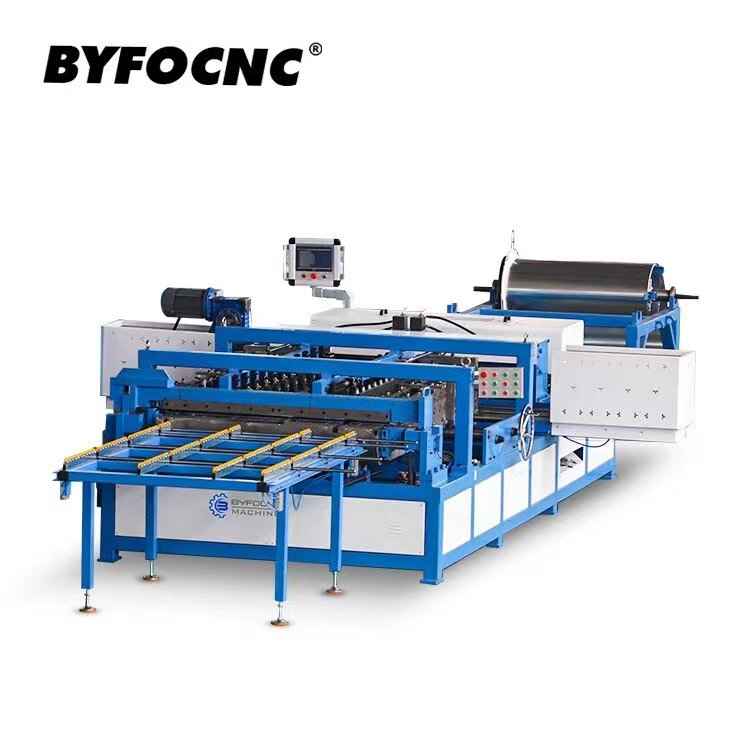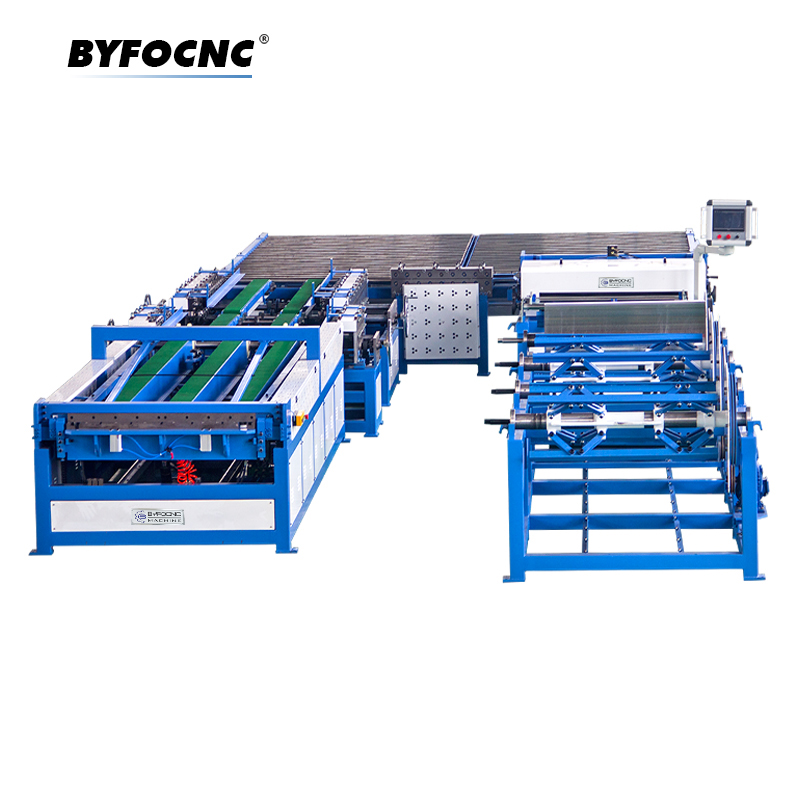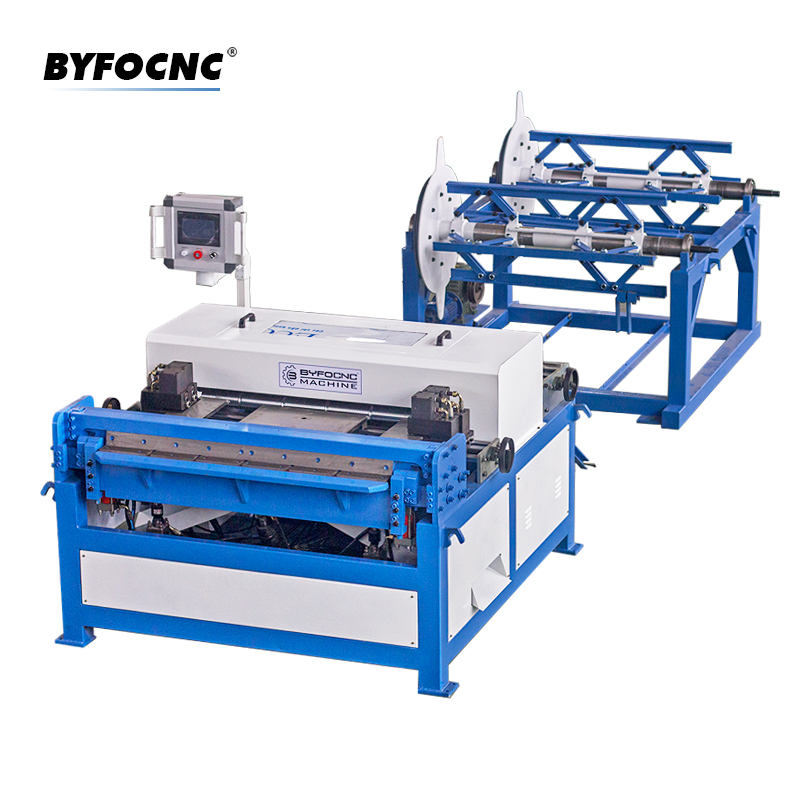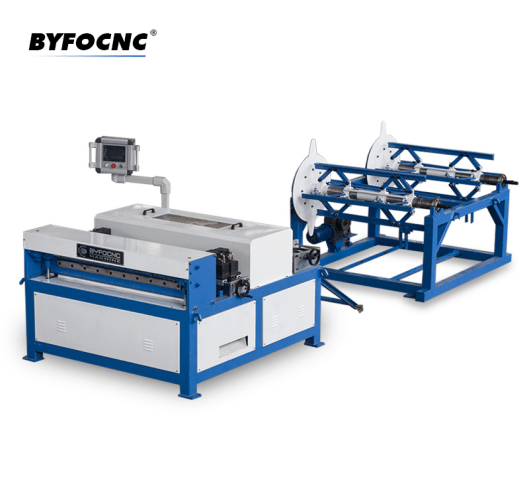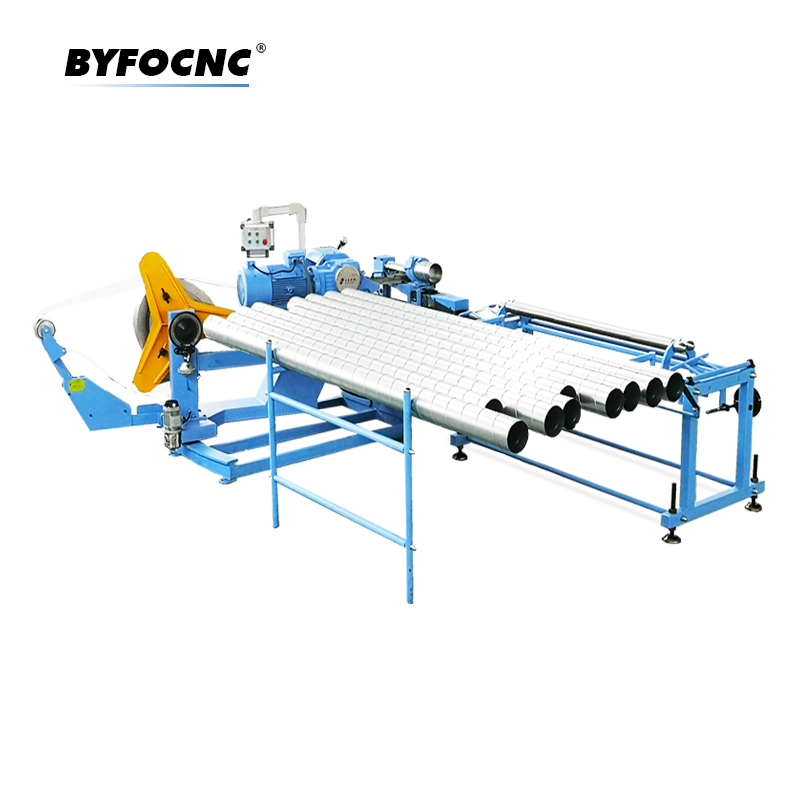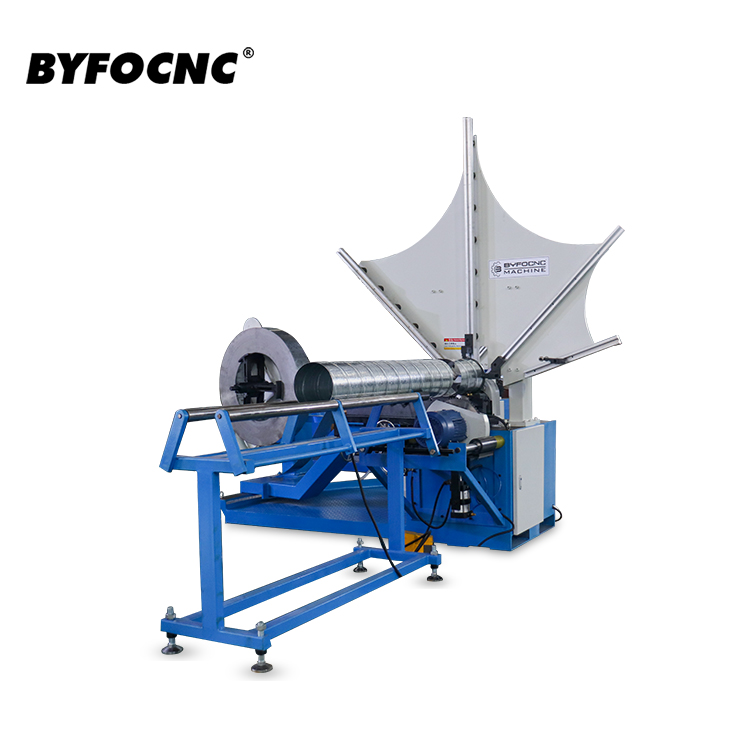Understanding Ductwork
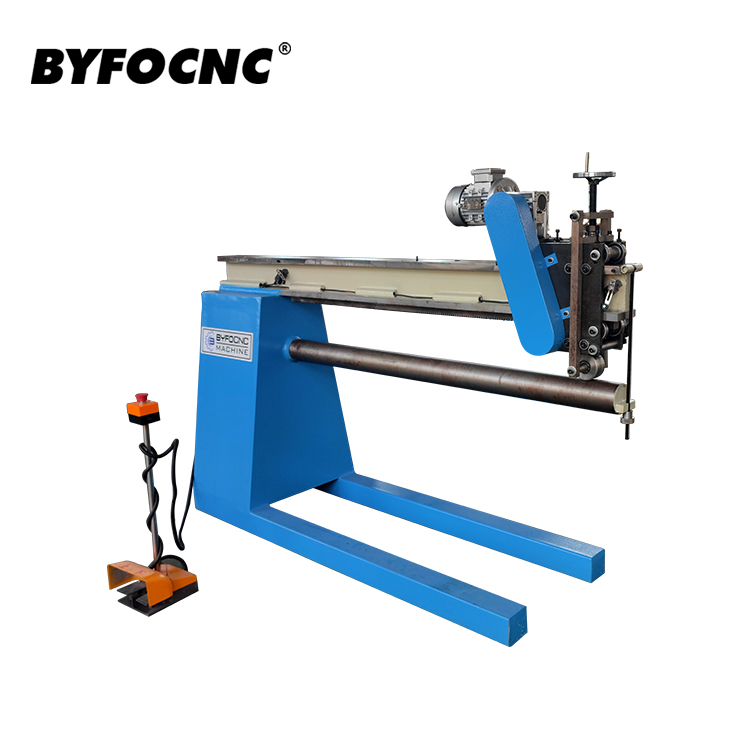
Ducts are generally used as the way through which heated or cooled air moves around the building. The ductwork system usually comprises many materials, including but not limited to, sheet metal, fiberglass, and flexible plastics. Each kind of material serves different needs according to durability and the environment of their installation.
Seams are the junctions where duct sections or separate pieces of material come together, which require secure joining in order to make a continuous passage for the air flowing. The integrity of these seams is very important because if not sealed properly, they can leak air. In this regard, such leakage will highly compromise the efficiency of the system since it makes it work more in order to retain desired temperatures. This can result in more energy consumption and, besides, may cause indoor air quality to be compromised since pollutants and contaminants may infiltrate the duct system.
Principles of a Duct Seam Closer
This is mechanical force used in bonding the panels together, and it results in ensuring a leak-tight seal of the panels. Though the principle of working is very simple, it uses precision engineering for sealing the seams properly without being damaged and without damaging the material of the duct. The major components of the duct seam closer are:
Rollers and Dies:
-
- Components of the machine in direct contact with the duct panels. Rollers pass the material through the machine while the dies give the required force to produce the seam. The shape and size of the dies are crucial, as they need to match the specific type of seam being closed.
- Pressure system: It is part, most times critical, of manually or electrically or pneumatically powered units that supply the force which is to be exerted from the dies in sealing the duct panels. The system pressures are supposed to be variable for different material thicknesses and types of seams to be used. [1.0cm indent]
Control System: There is a control system to the automatic duct seam closers that sets parameters, such as the speed and pressure of closing, including the type of seam to be closed. This is in order to effect uniformity and accuracy in the process of closing the seam.
The duct seam closer machine is fed with the duct panels that are gripped by the rollers.
The machine then folds or presses the edges of the panels together, with the dies ensuring a tight, consistent seal. In the case of the closing of other types of seams—Pittsburgh and snap-lock—some modification is made in view of the special layout of the duct seam closer.
Types of D Loops
Duct seam closers are categorized mainly into manual and automatic types, each offering distinct advantages:
-
- Manual Duct Seam Closers: This is whereby an operator shall be forced to feed the duct panels through the machine manually and apply force in order to close the seam.
On the other hand, the manual closers are able to offer preciseness and control, since the operator will be in a position to adjust the process with the feedback of having seen the material go through the closer. They also become more portable and cost less when compared to their automatic counterparts. * Automatic Duct Seam Closers: These close the seams on an automatic basis, thus ensuring faster processes that enhance efficiency and productivity to a great level. It proves to be cost-effective when used in large operations where the volume of ductwork justifies investment.
The automatic closer, which requires a high initial investment, a large space for operation, and further, a vacuum system, can give uniform seams of superior quality with the least amount of input from the operator.
Seam Closing Operation
An operation with the duct seam closer is generally done by following the given points:
-
- Preparation: Measure and prepare the duct panels according to the ductwork design specification.
- Fejsong: The feeding of the prepared panels is done in the duct seam closer, and proper alignment is given to form the seams accurately.
- Sejson: Closing the seam by bringing the edges of the panels together is effected by folding the edges together by means of pressing, using strength through the rollers and dies.
Inspection: After sewing, the piece is controlled in order to ascertain the quality and soundness of the airtight seam.
The thickness of the material, the type of seam, and proper adjustment and operation of the duct seam closer are some of the factors that determine the quality of seam closure.
Benefits and Limitations
Benefits:
-
- •
Energy efficiency:
- Djsoning sealing avoids the some of the air from escaping, hence reducing the energy used by HVAC systems.
- Air Quality: Effective ductwork helps ensure that the sealing out of air pollutants is maintained, thereby supporting high levels of air quality within
Longevity: Sejsoned seams can take the pressure of airflow, thus increasing the life of ductwork by causing less wear.
Limitations:
- Cost: High-quality duct seam closer, specifically when it is an automatic closer,
Training: Necessary training should be done to operators so that they are very much capable of using the equipment effectively. For the manual model, this is very much necessary since management is required.
Conclusion
Duct seam closers are a critical tool in fabricating and installation work of ductwork, ensuring there is always one reliable way of getting an airtight seal.
These tools are going to take on increasing importance, the further the HVAC system keeps on moving toward better efficiency and performance.
Duct seam closer technology is expected to undergo great advancements in the future for obtaining still higher precision and efficiency that would underline their indispensable role in maintaining the integrity of the HVAC system.


